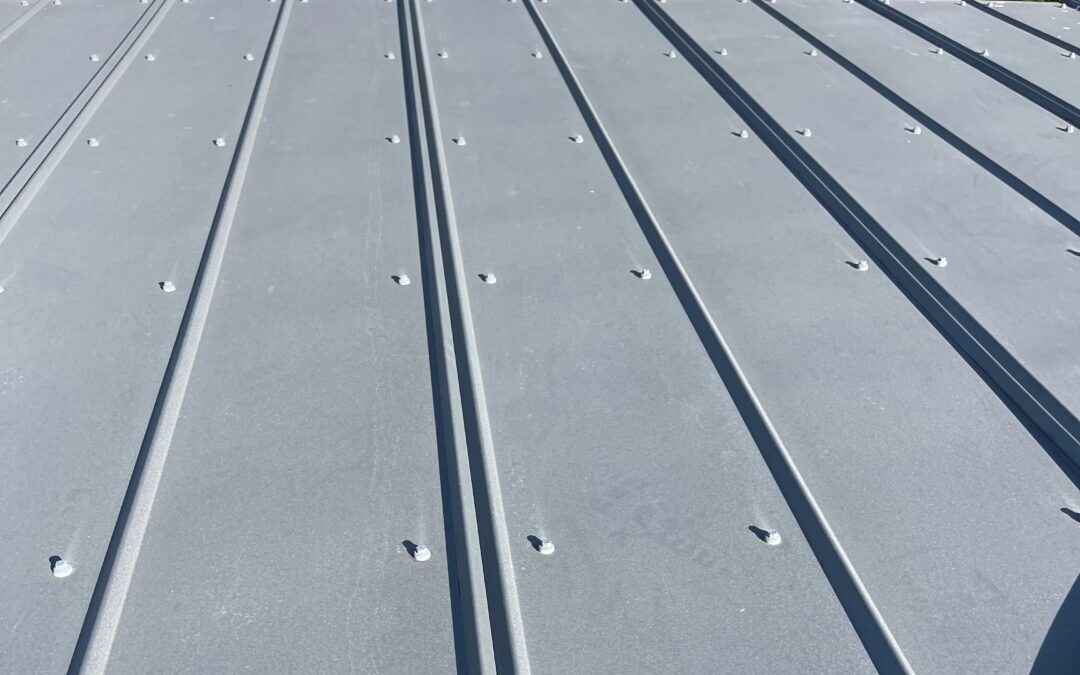Storm season does not wait for your schedule. Wind, rain and flying debris can evaluate every edge. Here’s a clear way to get your roof storm-ready.
This guide explains what matters most in Tampa Bay. You will see simple steps that protect people, reduce downtime and steady your budget. If you need commercial roofing solutions, use these building blocks to plan upgrades and maintenance with confidence.
Know Your Roof and Your Risks
Start with a baseline. Identify your roof type, age, slope and drainage path. Note the condition of seams, terminations and edges.
Next, map your exposure. Buildings near open water or tall structures feel stronger gusts. Wind zones and local terrain change uplift pressures at corners and parapets.
Document everything with photos and sketches to track changes. This clear record helps you find the right commercial roofing solutions.
Pick the Right System for Tampa Bay
Single-ply options are common and proven. TPO reflects heat and resists UV. PVC handles grease and chemicals better on food and healthcare roofs. EPDM is flexible and durable, especially in larger sheets.
Modified bitumen and BUR add toughness. These multi-layer systems handle foot traffic well and can be repaired in sections. They are good fits for roofs with many penetrations and curbs.
Commercial metal roofing is a strong choice for edges, canopies and full roof systems in windy areas. Proper clips, seams and coatings stand up to salt air and high uplift. We match systems to your building’s exposure and use.
Wind Uplift and Edge Securement
A roof’s corners and edges are the first to surrender to high winds. Because the uplift force begins at the perimeter and moves inward, all modern building codes and material specifications mandate the strongest defense and specialized fastening in these key boundary areas.
Use tested edge metal and proper fasteer patterns. Cover boards add stiffness and hold fasteners better during gusts. Verified assemblies help your roof resist uplift and pass inspections.
If water stands on the roof for more than two days (ponding), it damages the roof. We offer commercial roofing services to fix ponding with better slopes or extra drains.
Impact and Puncture Resistance
Storms move branches, gravel and loose parts across the roof. Debris causes punctures that grow into leaks after the rain stops.
Add protection, where people walk. Walkway pads create safe paths to units and drains. Heavier cover boards and thicker membranes increase puncture resistance under common routes.
Plan for hail and service wear. Reinforced corners and extra plies around equipment to reduce callouts. Your roof stays intact and your schedule stays predictable.
Drainage That Works in Real Storms
Roofs should shed water quickly. Primary drains, overflows and scuppers work as a team. Each device needs clear access and sound seals.
Clean drains before storm season. Leaves and roofing debris collect in summer and block flow. A simple schedule before and after big systems keeps water moving.
Watch for ponding. Standing water shortens roof life and hides damage. If water sits after two days of sun, you may need new slope, tapered insulation, or added drains.
Flashings and Rooftop Equipment
Leaks mostly start at the attachments on the roof, Spots like curbs, pipe boots and pitch pans need careful attention and the right kind of seals.
Secure the equipment. Loose units vibrate in wind and break seals. Add stands, straps and screen anchors that meet code and manufacturer guidance.
Seal penetrations the right way. Use compatible flashings and reinforce high-movement areas. Good details protect the whole system.
Coatings, Insulation and Energy
Reflective coatings reduce heat load and help the membrane last longer. They also improve comfort on top floors and reduce HVAC strain.
Insulation matters year-round. Added R-value can steady indoor temps and limit condensation. Cover boards over insulation protect the assembly and improve uplift resistance.
Plan coatings as part of a system. Prep, primer and thickness must match manufacturer specs. Good paperwork keeps warranties valid. Our commercial roofing services install all parts correctly, which is the only way to keep your roof warranty valid.
Permits, Inspections and Warranty Rules
Florida permitting is serious for a reason. Submittals, notices and inspections keep projects safe and traceable. The right documents speed approvals and future sales.
Close-out matters too. Keep shop drawings, warranty letters and inspection reports together. Correct paperwork protects warranties and supports capital planning.
We are licensed and insured and we follow the Florida Building Code. You get a lawful project that stands up to review.
Emergency Response and Temporary Protection
Have a simple plan before landfall. List contact numbers, access rules and roof maps. Stage tarps, sandbags and plywood where safe.
Set expectations for after the storm. On-call crews should know how to secure openings, protect drains and photograph damage. Faster response reduces interior losses and insurance friction.
Train your team. A short briefing on safe roof access and lockout steps prevents injuries and saves time.
Maintenance That Prevents Most Leaks
Two checks a year prevent big, costly leaks. Always check again after high winds. Fix tiny damage quickly! Regular care means your roof passes audits and keeps tenants happy. We offer reliable commercial roofing services to solve these problems.
How to Choose a Contractor You Can Trust
Choose a roofing company with local experience that knows about our strong winds, salt air and permits. Look for a team with good safety and steady workers. A good contractor gives you full support (like planning and clear reports), offering the best Commercial Roofing Solutions all year, not just on installation day.
Quick checklist when you compare:
- Confirm a Florida license and a current certificate of insurance.
- Ask who pulls permits and who meets inspectors on site.
- Require a written scope with drawings, materials and edge details.
- Verify uplift ratings for perimeter, corner and field zones.
- Request a maintenance plan for spring, fall and post-storm visits.
- Ask for three local references with addresses you can view.
- Confirm safety training, lift certifications and fall-protection plans.
- Get warranty terms in writing for materials and workmanship.
Final Takeaway
A roof that can handle storms needs strong edges, clear drains and regular care. You should choose systems that fit the Tampa Bay area and keep good records so your business runs smoothly. We help local owners and facility managers (in Tampa Bay, St. Petersburg, Clearwater, etc.) plan and upgrade their roofs. As a licensed and insured company, we offer practical commercial roofing solutions with clear reports. Schedule your free roof evaluation and get a storm-ready plan today.
FAQ for Tampa Bay Properties
How often should we inspect a flat roof in storm season?
Twice per year plus a check after any major storm is a smart rhythm.
When is commercial metal roofing the better option?
It is a strong choice for windy sites, long spans, canopies and where durability and uplift performance are priorities.
What documents do we need for permits and warranties?
Expect drawings, product approvals, inspection records and close-out packets with warranty letters and photos.
Also read: How to Budget for Metal Roof Installation in Tampa Bay

Chris Price is the CEO of Metro Builders, with over 25 years of experience in construction and project leadership. He’s passionate about building strong teams, delivering quality projects, and driving innovation in the industry.



Recent Comments